Home>Gardening & Outdoor>Landscaping Ideas>What Is Too Cold For Grass Seed
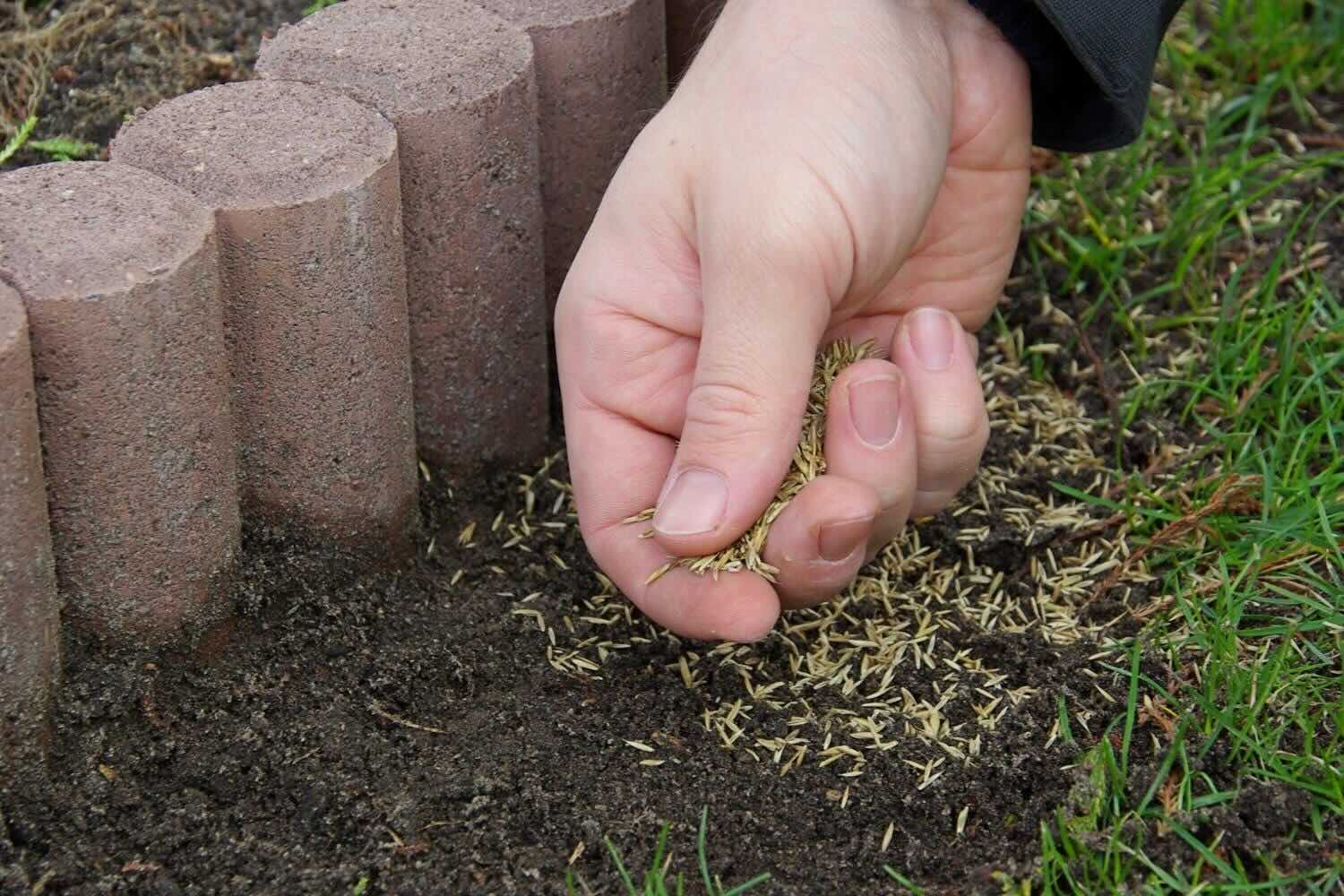

Landscaping Ideas
What Is Too Cold For Grass Seed
Modified: February 18, 2024
Discover the ideal temperature conditions for successful grass seed growth in your landscaping projects. Learn what is too cold for grass seed and how to achieve optimal results. Explore landscaping ideas for successful lawn establishment.
(Many of the links in this article redirect to a specific reviewed product. Your purchase of these products through affiliate links helps to generate commission for Storables.com, at no extra cost. Learn more)
Introduction
When it comes to cultivating a lush, vibrant lawn, the journey often begins with the strategic sowing of grass seed. However, the success of this endeavor is heavily influenced by environmental factors, particularly temperature. Understanding the impact of cold weather on grass seed germination is crucial for any landscaping enthusiast or homeowner seeking to establish or revitalize their turf. In this comprehensive guide, we will delve into the optimal temperature for grass seed germination, the effects of cold temperatures on grass seed, signs of cold damage, and valuable tips for planting grass seed in cold weather. By the end of this article, you will be equipped with the knowledge to navigate the complexities of temperature and ensure the successful cultivation of your lawn.
Key Takeaways:
- Cold temperatures can slow down grass seed germination, leading to patchy growth and vulnerability to diseases. Choosing the right grass species and providing adequate moisture are crucial for successful planting in chilly conditions.
- Monitoring soil temperature, protecting against frost, and being patient are key strategies for planting grass seed in cold weather. With careful planning and consistent care, you can establish a healthy, resilient lawn even in chilly conditions.
Read more: How Cold Is Too Cold For Grass Seed
Optimal Temperature for Grass Seed Germination
Grass seed germination is a delicate process that is heavily influenced by temperature. The optimal temperature for most grass seed varieties to germinate typically ranges between 60 and 75 degrees Fahrenheit. Within this temperature range, the seeds are more likely to sprout and establish healthy roots, setting the stage for robust growth.
It is important to note that different grass species have specific temperature requirements for germination. For instance, cool-season grasses such as Kentucky bluegrass, fine fescue, and perennial ryegrass thrive in cooler temperatures and can germinate at lower temperatures compared to warm-season grasses like Bermuda grass and Zoysia grass, which require warmer soil to initiate germination.
When the soil temperature falls below the optimal range, the germination process slows down significantly, leading to delayed or uneven sprouting. Conversely, if the temperature rises above the ideal range, the seeds may germinate too quickly, increasing the risk of stress and vulnerability to environmental factors.
Understanding the specific temperature requirements of the grass species you are planting is crucial for achieving successful germination. Utilizing a soil thermometer can provide valuable insights into the soil temperature, enabling you to make informed decisions regarding the timing of seeding.
Effects of Cold Temperatures on Grass Seed
Cold temperatures can have a profound impact on the germination and overall health of grass seed. When exposed to prolonged cold conditions, grass seed may experience delayed germination, inhibited growth, and increased vulnerability to environmental stressors.
One of the primary effects of cold temperatures on grass seed is the delay in germination. As the soil temperature drops below the optimal range, the metabolic processes within the seed slow down, leading to a prolonged dormancy period. This delay can result in uneven germination, where some seeds sprout while others remain dormant, creating a patchy and inconsistent lawn.
Furthermore, cold temperatures can impede the growth of emerging seedlings. In chilly conditions, the metabolic activity of the young plants is hindered, limiting their ability to develop strong and resilient root systems. This can leave the seedlings susceptible to damage from environmental factors such as frost, moisture fluctuations, and nutrient deficiencies.
In addition to delayed germination and inhibited growth, cold temperatures can also increase the risk of fungal diseases affecting the grass seed. Prolonged exposure to damp and cool conditions creates an ideal environment for fungal pathogens to thrive, potentially leading to damping-off, root rot, or other detrimental diseases that can compromise the health of the emerging seedlings.
It is crucial to recognize the impact of cold temperatures on grass seed and take proactive measures to mitigate these effects. By understanding the potential challenges posed by chilly conditions, you can implement strategies to support the germination and early growth of the grass seed, ensuring the establishment of a healthy and resilient lawn.
Grass seed will struggle to germinate if the soil temperature is consistently below 50°F (10°C). To ensure successful growth, wait until the soil warms up before planting grass seed.
Signs of Cold Damage to Grass Seed
Identifying the signs of cold damage to grass seed is essential for effectively addressing any issues that may arise from exposure to chilly temperatures. By being able to recognize the symptoms of cold damage, you can take timely action to support the recovery and growth of the grass seed.
One of the primary signs of cold damage is delayed or uneven germination. When the soil temperature falls below the optimal range, the germination process slows down, leading to erratic sprouting patterns and patchy growth. This uneven emergence of seedlings can result in a sparse and inconsistent lawn, indicating the impact of cold temperatures on the germination process.
In addition to delayed germination, stunted growth and yellowing of the emerging seedlings are common indicators of cold damage. The metabolic processes of the young plants are hindered in chilly conditions, leading to reduced vigor and a lack of vibrant green coloration. The seedlings may appear weak and frail, struggling to establish strong root systems and develop robust foliage.
Furthermore, the presence of fungal diseases such as damping-off and root rot can signal cold damage to the grass seed. Prolonged exposure to damp and cool conditions creates a favorable environment for fungal pathogens to thrive, leading to the deterioration of the seedlings. Symptoms of fungal infection may include wilting, discoloration, and the development of lesions on the stems and roots of the seedlings.
It is important to closely monitor the emergence and early growth of the grass seed for any signs of cold damage. By promptly identifying these indicators, you can implement targeted interventions to support the recovery of the seedlings and mitigate the impact of cold temperatures on the establishment of a healthy lawn.
Tips for Planting Grass Seed in Cold Weather
Planting grass seed in cold weather presents unique challenges, but with careful planning and strategic implementation, you can optimize the germination and early growth of the seedlings. Here are valuable tips to consider when sowing grass seed in chilly conditions:
- Choose the Right Grass Species: Select grass species that are well-suited for cooler temperatures. Cool-season grasses such as Kentucky bluegrass, fine fescue, and perennial ryegrass are more resilient in cold weather and can germinate at lower temperatures compared to warm-season varieties.
- Monitor Soil Temperature: Use a soil thermometer to track the temperature of the soil. Wait until the soil temperature consistently reaches the lower end of the optimal range for germination before planting the grass seed.
- Provide Adequate Moisture: Ensure that the soil is adequately moist but not waterlogged. Proper moisture levels are crucial for supporting germination and early growth, especially in cold weather conditions.
- Protect Against Frost: If frost is a concern, consider covering the newly seeded area with a light layer of straw or frost cloth to provide insulation and protection against freezing temperatures.
- Apply Starter Fertilizer: Consider using a starter fertilizer specifically formulated for new seedings. The nutrients in the fertilizer can support the initial growth of the seedlings and help them establish strong root systems.
- Maintain Consistent Care: Monitor the seeded area regularly and ensure consistent care, including watering as needed and protecting the seedlings from harsh environmental conditions. Consistent attention is crucial for the successful establishment of the grass seed.
- Consider Overseeding: In cold weather, overseeding an existing lawn can be an effective way to promote thick, lush growth. The existing grass provides some insulation and protection for the new seedlings, aiding in their establishment.
- Be Patient: Understand that germination and early growth may take longer in cold weather. Exercise patience and continue to provide the necessary care and support for the grass seed, allowing nature to take its course.
By implementing these tips and adapting your approach to suit the demands of cold weather, you can enhance the prospects of successful grass seed germination and establish a healthy, resilient lawn.
Read more: How Cold Is Too Cold To Plant Grass Seed
Conclusion
As you venture into the realm of planting grass seed, understanding the impact of cold temperatures on germination and early growth is paramount. By recognizing the optimal temperature range for germination, the effects of cold temperatures on grass seed, signs of cold damage, and valuable tips for planting in cold weather, you are better equipped to navigate the complexities of temperature and foster the successful establishment of your lawn.
While cold weather presents challenges, it also offers opportunities for strategic planning and thoughtful intervention. By selecting the right grass species, monitoring soil temperature, providing adequate moisture, protecting against frost, and maintaining consistent care, you can create an environment conducive to the germination and growth of grass seed, even in chilly conditions.
As you embark on this journey, remember to be patient and attentive, allowing the natural processes of germination and growth to unfold at their own pace. By adapting your approach to suit the demands of cold weather and implementing targeted strategies, you can set the stage for the emergence of a lush, vibrant lawn that enhances the beauty of your outdoor space.
Armed with the knowledge and insights gained from this guide, you are well-prepared to embark on your grass seed planting endeavors with confidence and a deep understanding of the impact of cold temperatures. Embrace the journey, nurture the seedlings, and witness the transformation of your outdoor landscape into a thriving, verdant oasis.
Frequently Asked Questions about What Is Too Cold For Grass Seed
Was this page helpful?
At Storables.com, we guarantee accurate and reliable information. Our content, validated by Expert Board Contributors, is crafted following stringent Editorial Policies. We're committed to providing you with well-researched, expert-backed insights for all your informational needs.
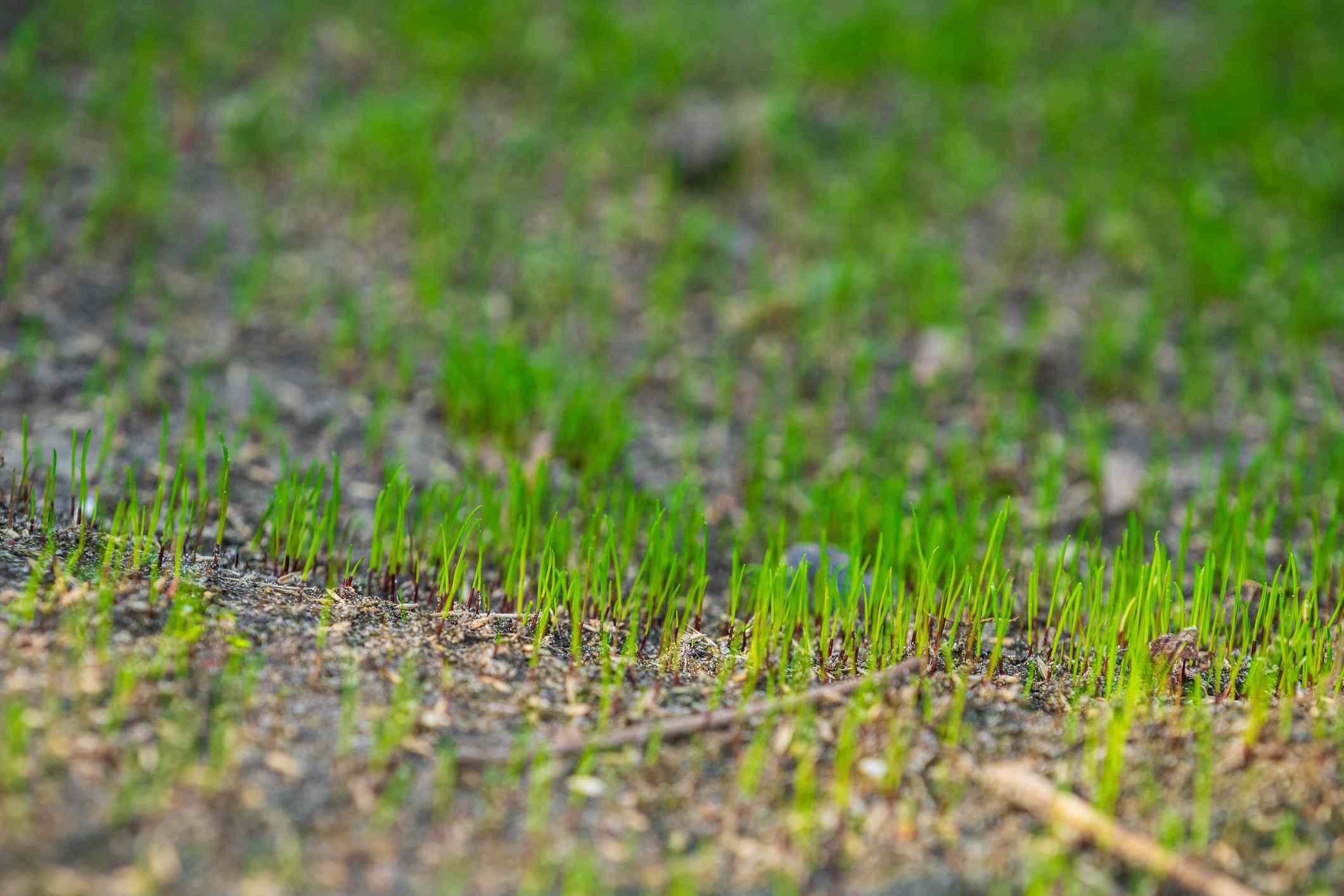
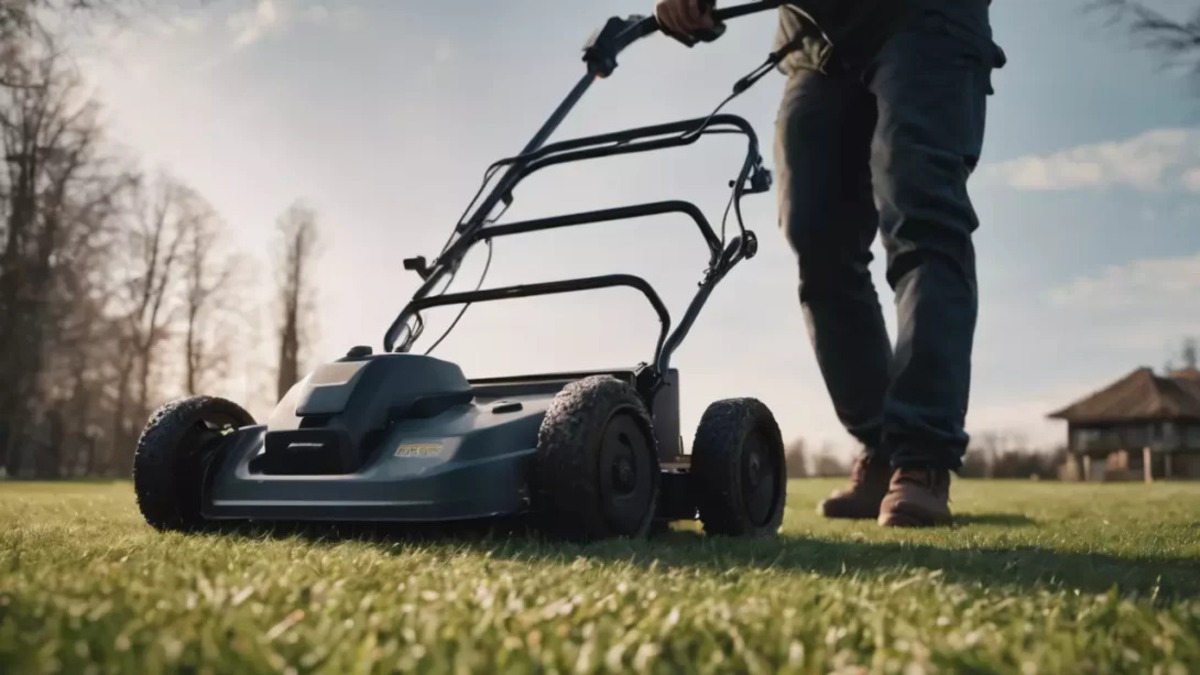
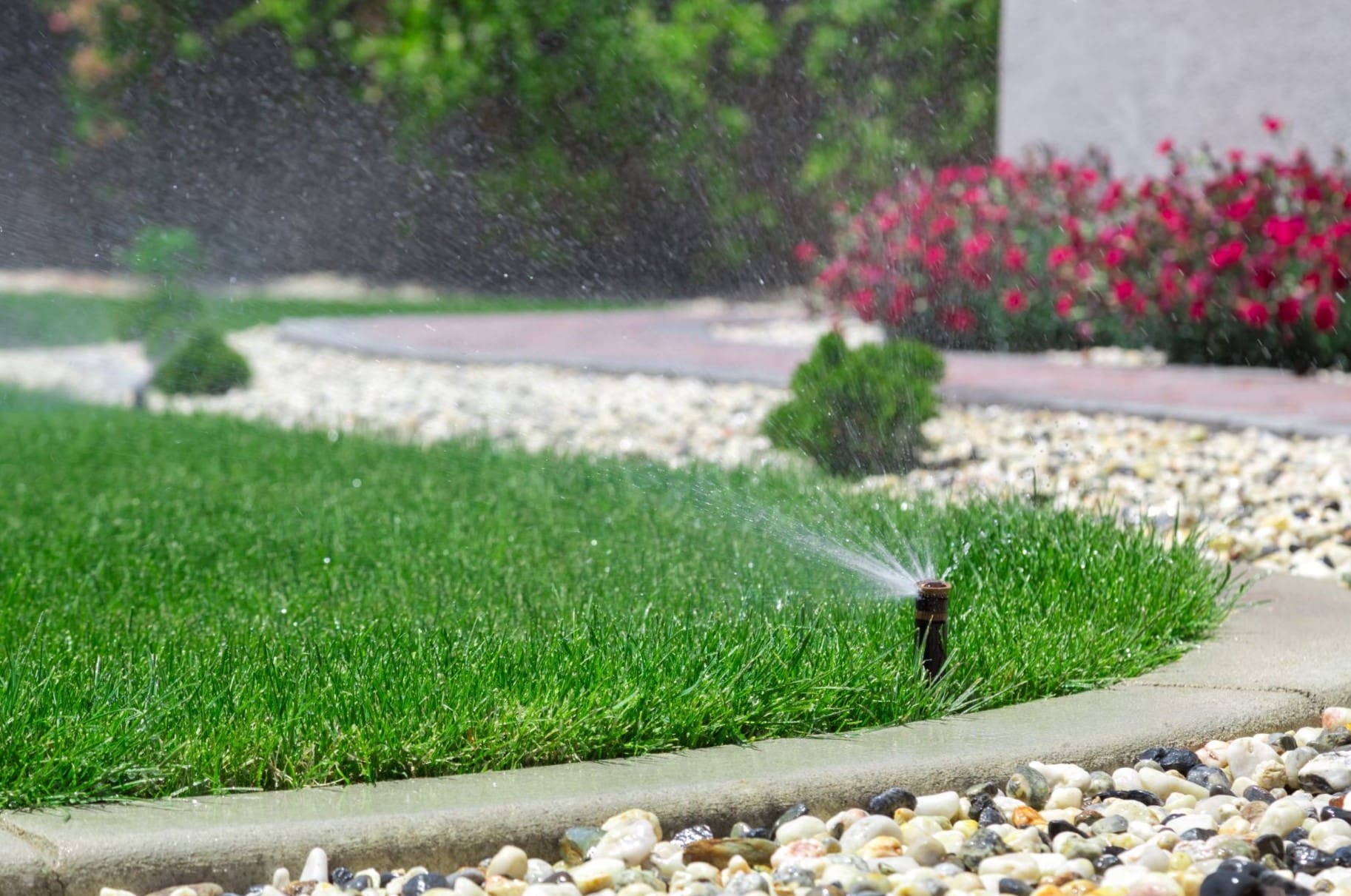
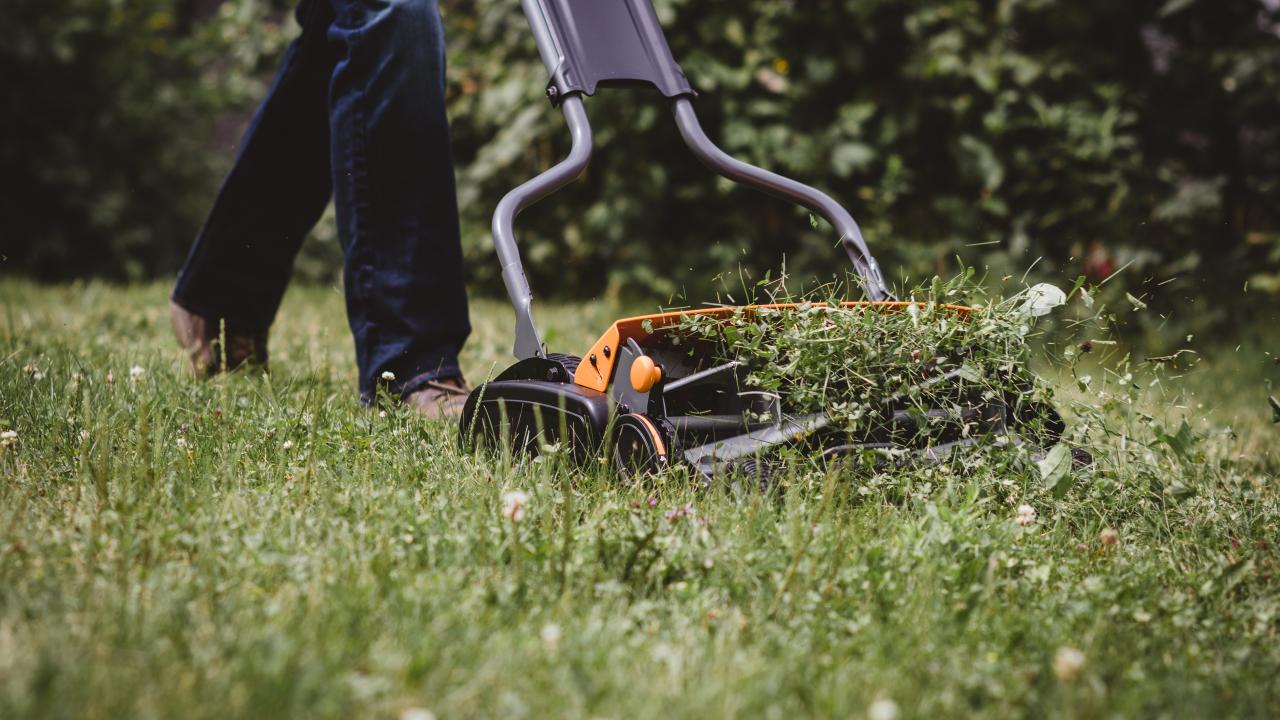
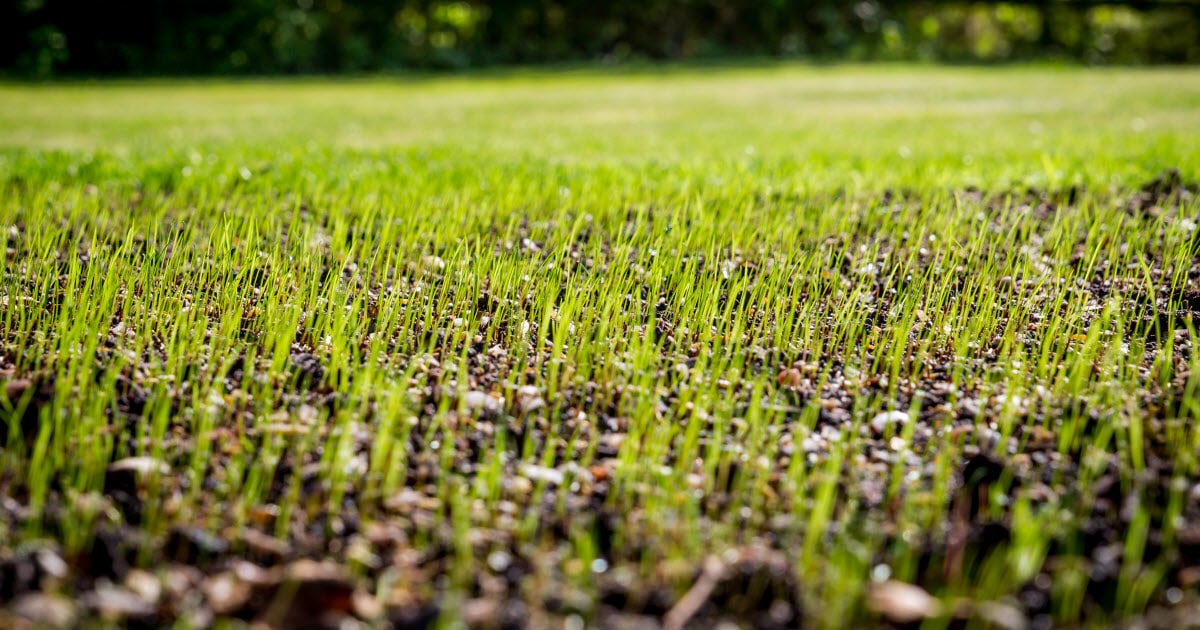

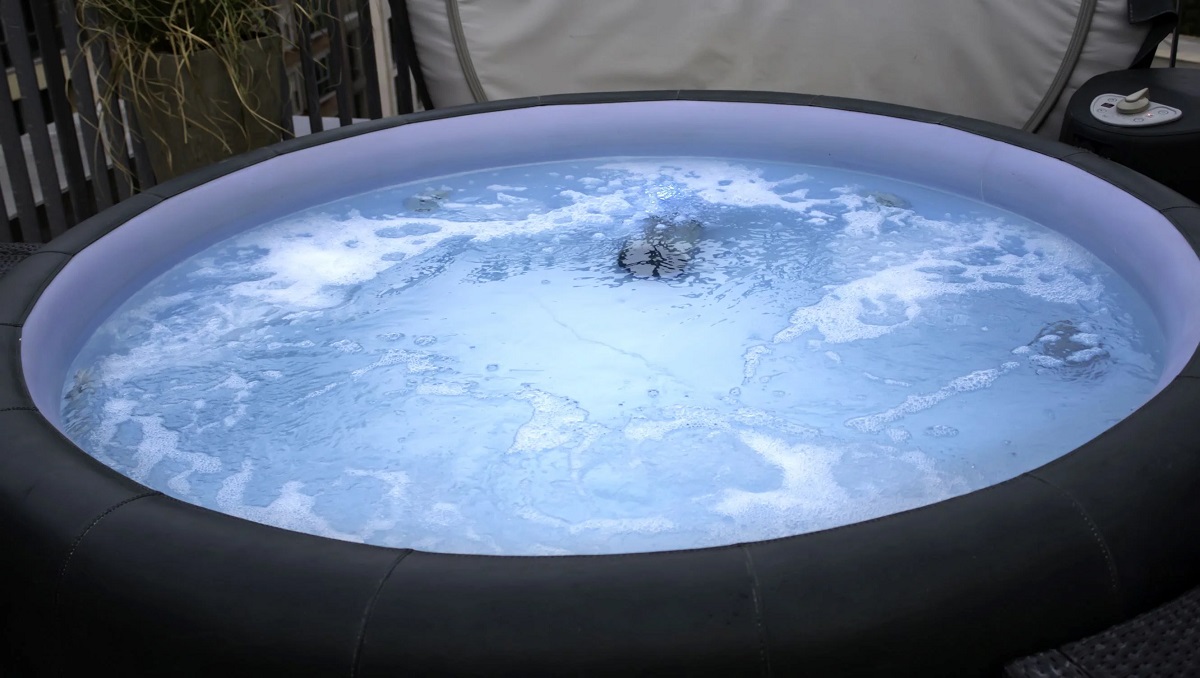

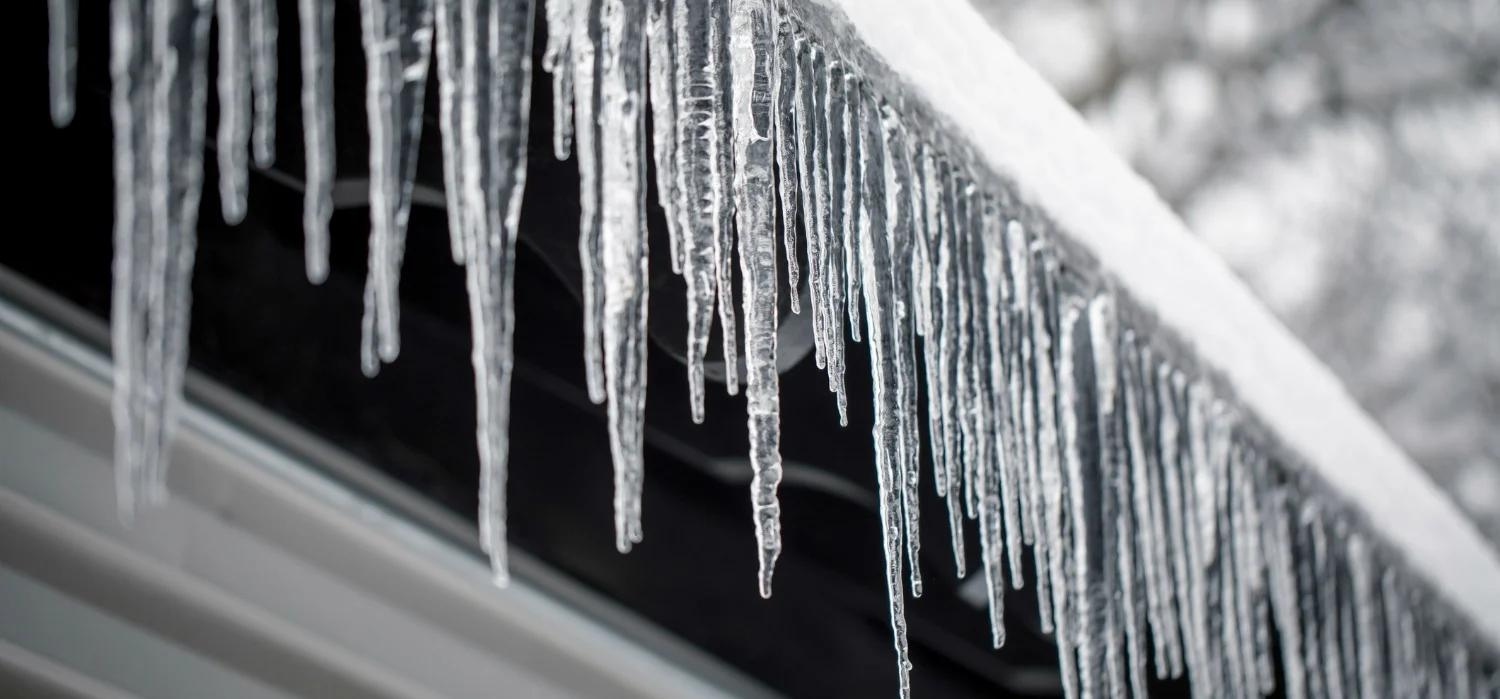
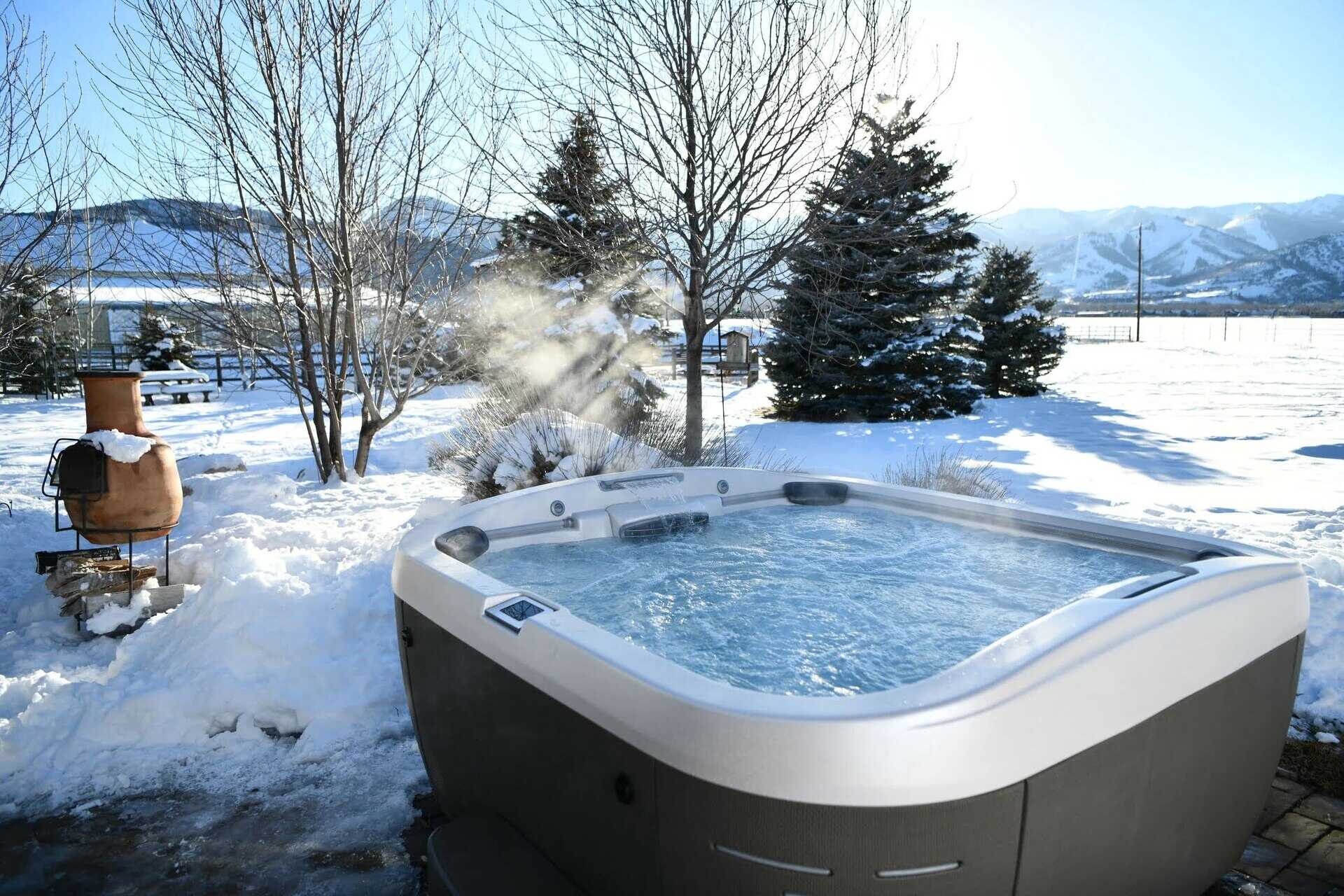
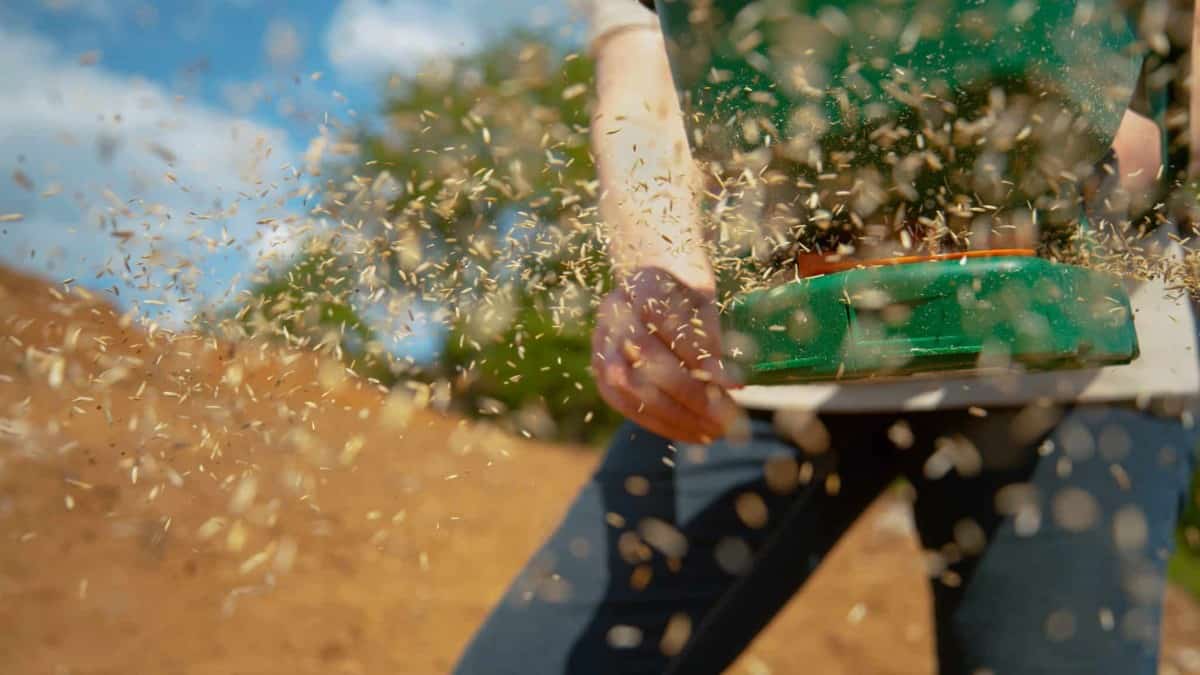
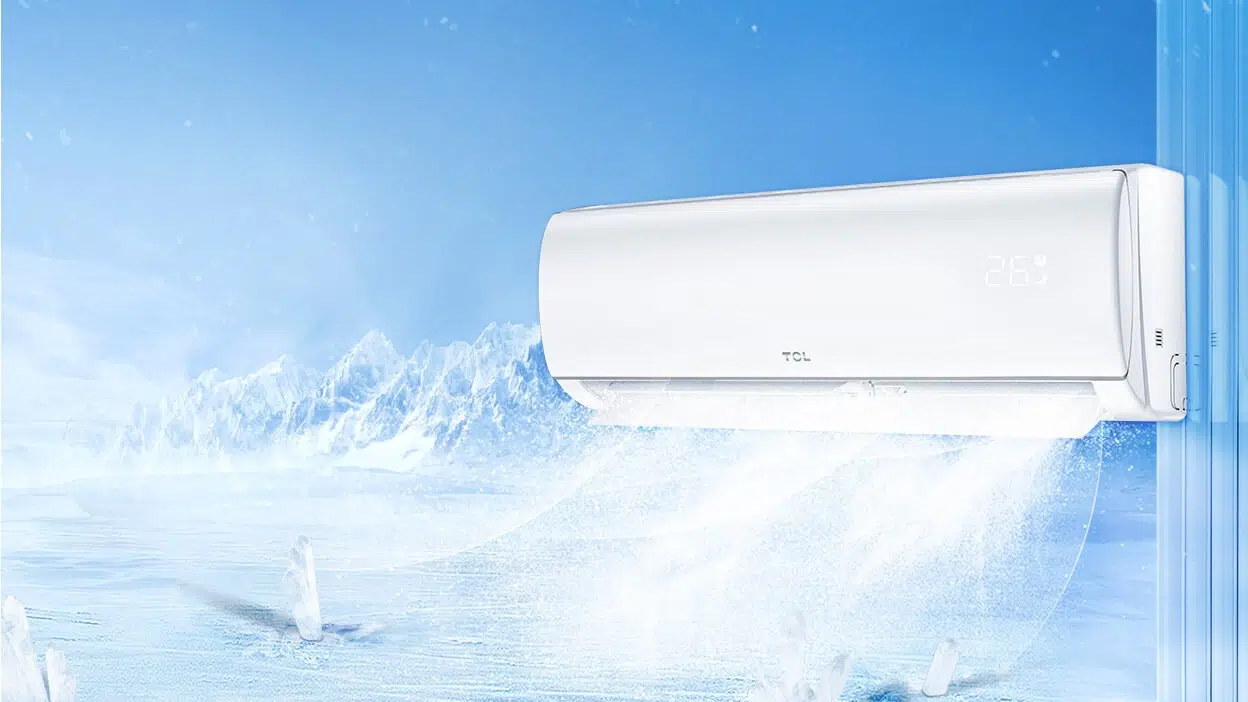
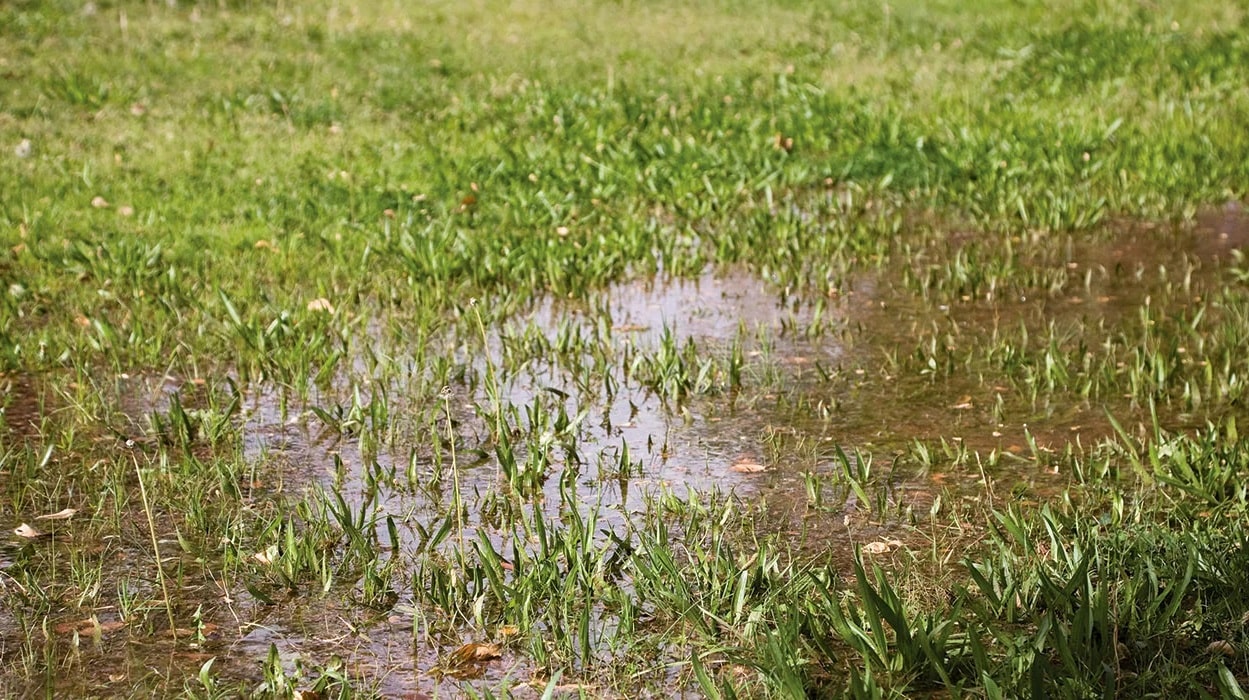
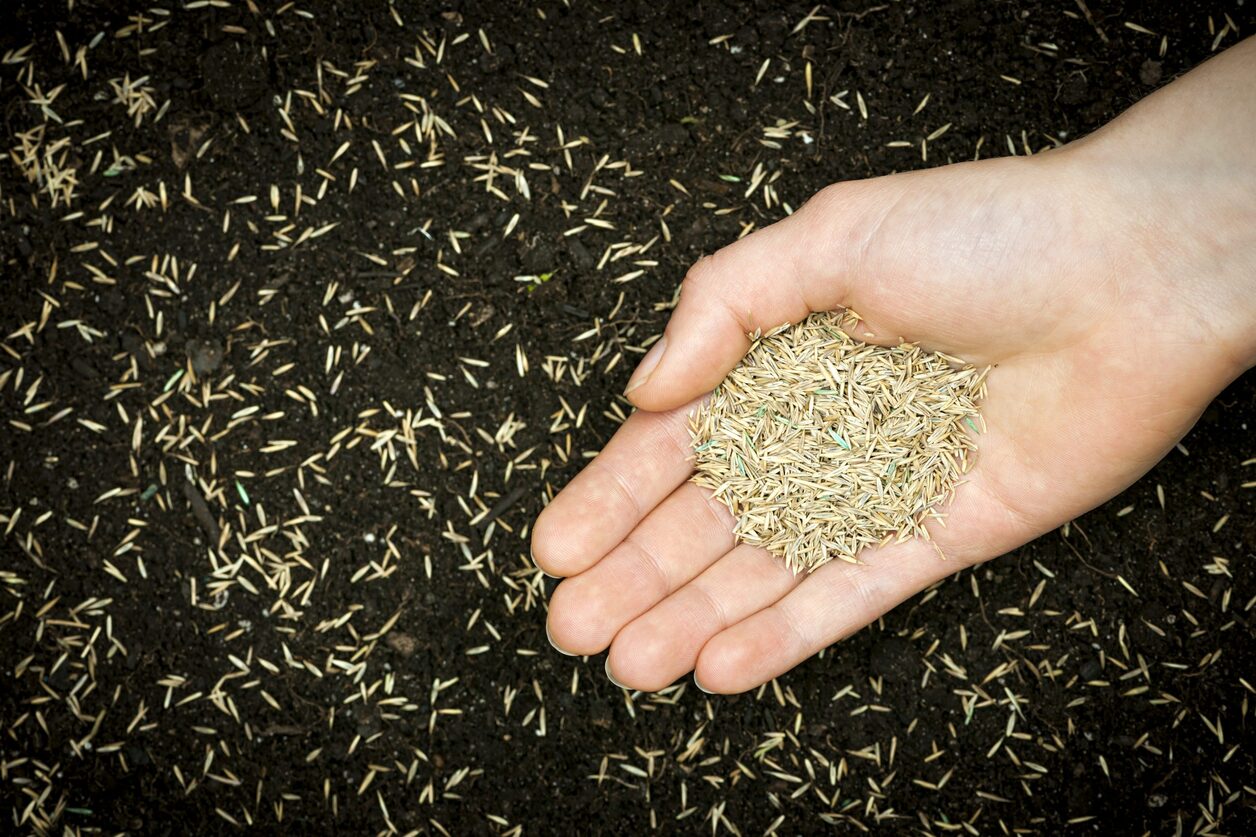

0 thoughts on “What Is Too Cold For Grass Seed”